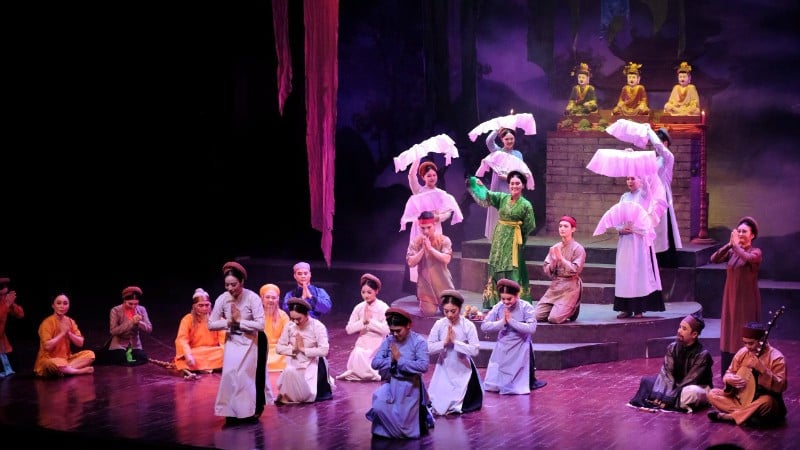
The merger of three traditional theaters is considered a strategic move to affirm the position and improve the quality of traditional theater activities in the context of integration. Not only contributing to streamlining the apparatus, improving management efficiency and effectiveness, the merger also helps optimize human resources, finance and facilities.
The Vietnam National Traditional Theater is expected to become a national cultural institution, capable of producing and organizing large-scale, multi-form performances, combining the strengths of each art form. Thereby, bringing the quintessence of traditional theater closer to modern audiences, while expanding its influence regionally and internationally. This is also a step to promote autonomy, arouse the dynamism and creativity of artists in promoting traditional artistic values, developing the cultural industry and attracting tourism .
However, along with opportunities come many challenges. Besides the belief and expectation in the transformation of traditional theater, many people in the profession expressed concern about the risk of losing the unique identity of each type of theater after the merger of the three theaters.
In the context of traditional theater facing many difficulties in the face of fierce competition from modern forms of entertainment, many young audiences cannot even distinguish between tuong, cheo and cai luong. The fact that three leading units in each field “come together under one roof” raises the question of whether it will cause their own unique values to fade. This concern is not without basis, especially when in some localities, the mechanical merger of art troupes has led to the risk of amateurizing professional performance activities.
In addition, there are difficulties that may arise in the process of restructuring the organization, competition for job positions, and psychological disturbances among staff and artists. Therefore, the merger of three traditional theaters needs to be implemented scientifically , carefully and responsibly, with synchronous and feasible solutions in terms of mechanisms, policies and artistic development orientation, to preserve the unique values of each type in an effective and sustainable common structure.
In order for the unique identity of each art form to continue to be recognized, preserved and promoted, many experts believe that it is necessary to maintain specialized performing troupes under the authority, ensuring the uniqueness of each art form. In addition, it is necessary to quickly stabilize the organizational structure and build a flexible and effective management model after the merger.
The head of the new institution must be knowledgeable in the field, dare to think, dare to do, dare to innovate and have the ability to connect artists from different units to create solidarity. More importantly, it is necessary to maintain fairness and objectivity in dealing with each type of art, so that when placed side by side, tuong, cheo and cai luong still shine with their own distinct beauty.
The post-merger theater also needs to have a policy to attract talent and provide appropriate compensation, creating conditions for artists to feel secure in their work. A long-standing reality in many public art units is the situation where artists have reached the end of their working years but have not yet reached retirement age, while talented young artists lack opportunities and are forced to sign short-term contracts with low incomes.
This has made the recruitment of traditional theater artists difficult for many years. This is a bottleneck that needs to be studied and resolved during the merger process, so as to ensure the rights of older artists who retire early, while also having a mechanism to discover, train and retain talented young artists, contributing to improving the quality of human resources for the new theater.
Along with promoting the creative resources and innovative thinking of each artist, the role of the Ministry of Culture, Sports and Tourism as a “midwife” is indispensable in the process of developing traditional theater. This requires synchronous attention from perfecting performance infrastructure, nurturing young human resources, to focused and key investments, especially ordering the creation of high-quality traditional art programs, imbued with national identity and the breath of the times. This is an important direction for traditional theater to promote its internal strength, affirming its position in the flow of contemporary culture.
Source: https://nhandan.vn/san-khau-truyen-thong-trong-dong-chay-hoi-nhap-post896738.html




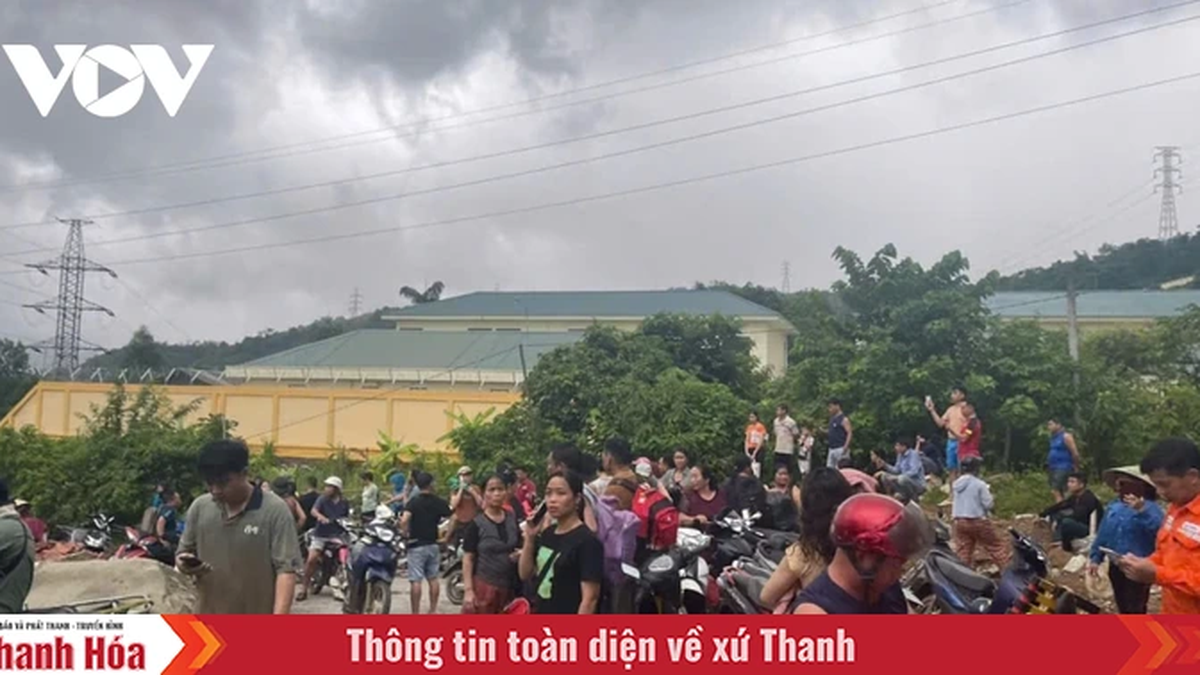


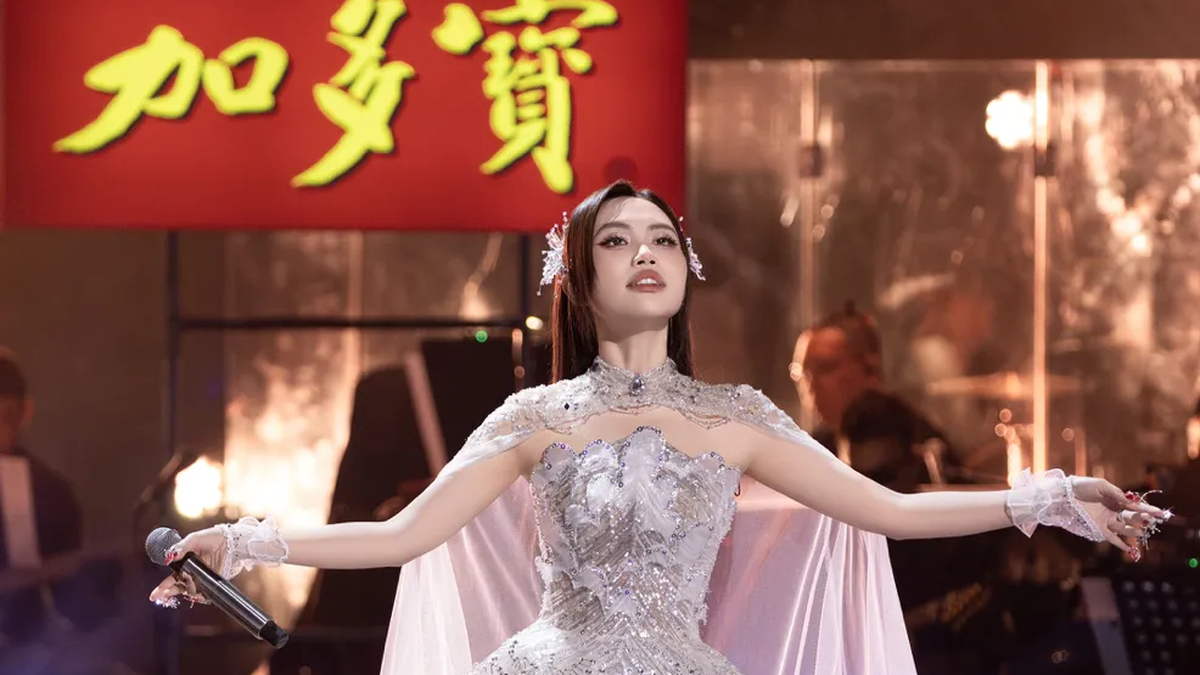


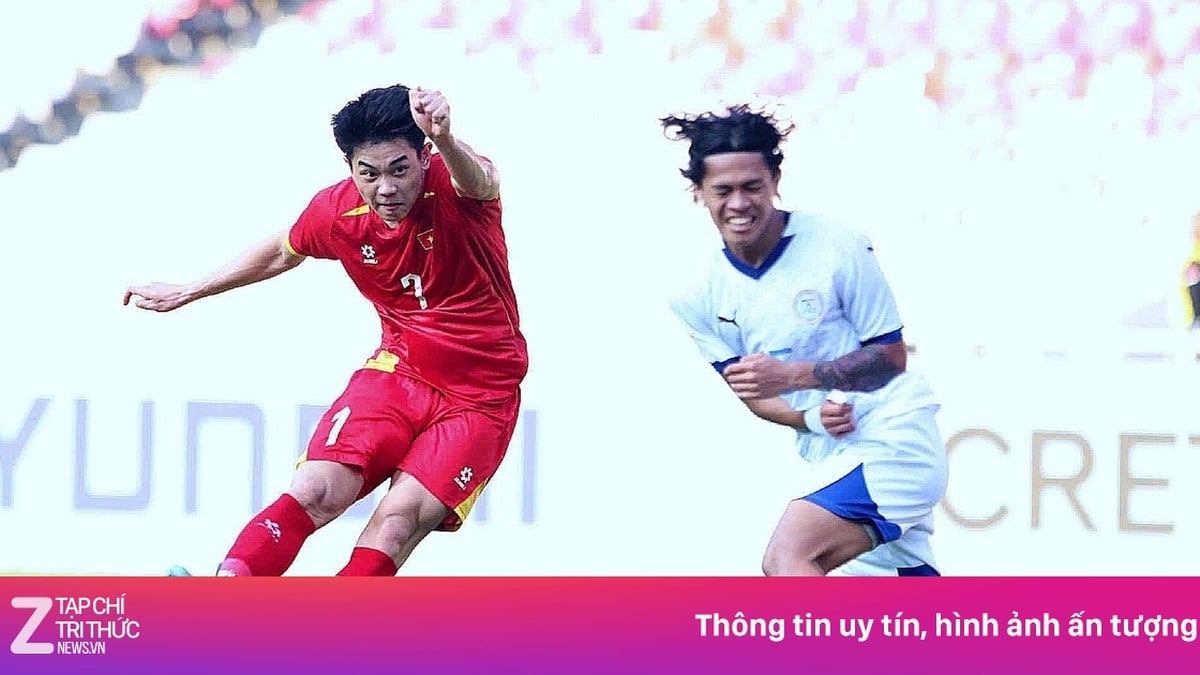
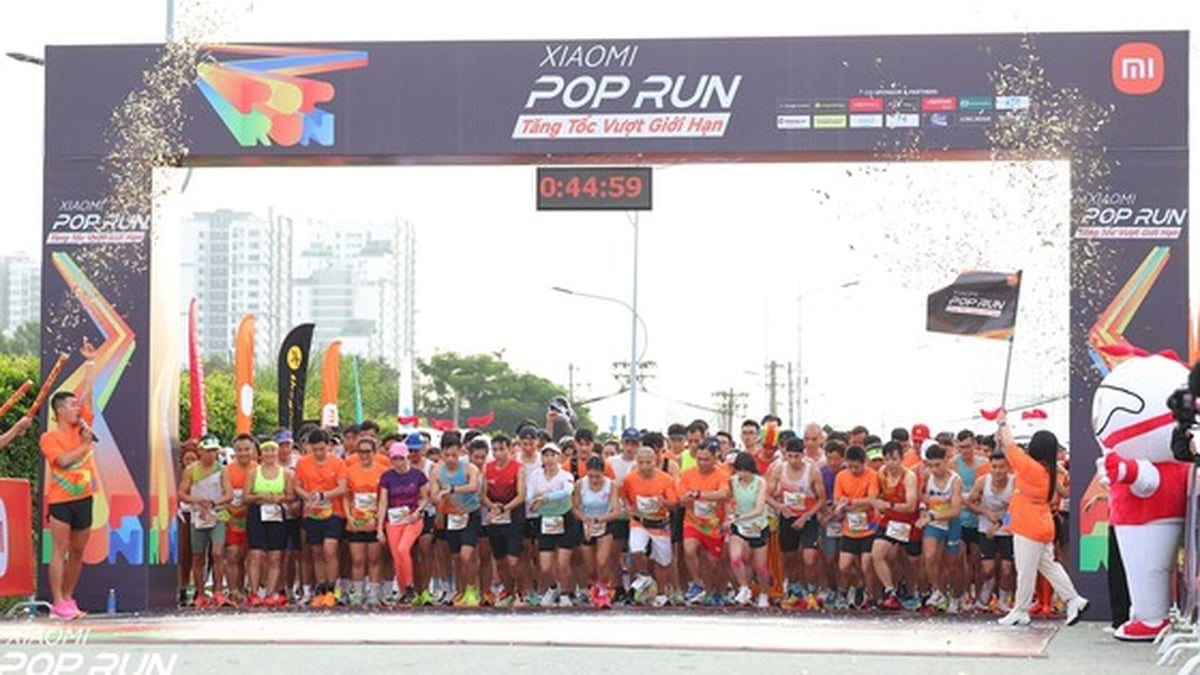






















































































Comment (0)